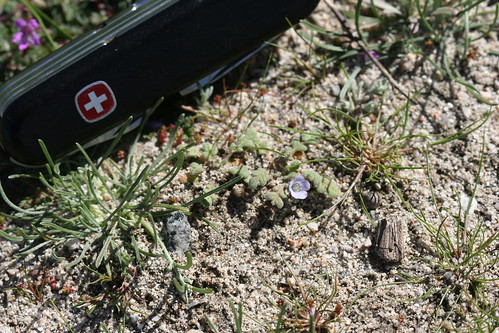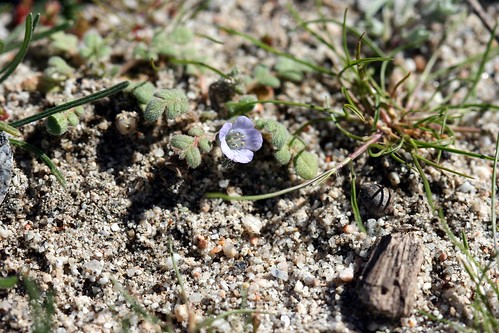Think back on your experiences at museums, cultural institutions, or really any ‘attraction’ that you’ve ever visited… Which were your favorites? Which stimulated your senses and drew upon your powers of observation, curiosity, and excitement?
 |
| mourning cloak eggs |
As we grow our Garden and cultivate the messages we hold so dear from our mission, we’ll endeavor to up the ante in providing an engaging, meaningful and memorable visitor experience. After all, it’s likely those very same traits that caused you to recall your most enjoyable experiences during my opening line of questioning. Those traits are the keys to any good occasion, from educational workshops to tours or family-friendly special events. And what’s the real trick to creating those types of experiences that appeal to a broad audience at our Garden?
Open windows to the natural world.
One of our most successful
windows has been our California native butterfly pavilion, now finishing up its fourth season with our grand finale on Sunday, July 28 – the chance for guests to help release our butterflies from the pavilion into the wonderful habitat that our Garden provides. When all is said and done, nearly 8000 guests will have experienced our butterfly pavilion during its two and half month run this late spring and summer. The time of sleepy summer days in our Garden has passed; gone are the days of 1500 total guests strolling our trails during summer months – this year we’ve welcomed nearly 15,000!
 |
| Papilio eurymedon (Pale Swallowtail) Photo by Clark Thompson |
The butterfly pavilion has created a draw for all ages, from grandparents with grandkids to young families with their toddling children, the appeal and magic of butterflies is universal.
But what makes it an engaging, meaningful and memorable experience that furthers our mission? Simply put, it’s the chance to witness nature and the relationships that we often take for granted on display in a scale that we as humans can identify with and appreciate. Curiosity takes over and routine observations evoke thoughtful questions that include “how” or “why” (or are prompted by trained volunteers or butterfly experts on hand), which lead to “ah-ha” moments (one of the most rewarding expressions an educator can hear) and changes in perspective and attitude which, if fostered, can lead to changes in behavior, (drumroll…) ultimately improving the quality of our very existence.
 |
| Monarch caterpillar on a milkweed (Asclepias fascicularis) |
Too grandiose an expectation?
Not really. Butterflies are an elegant tool to engage and educate a diverse audience. Butterflies beckon young and young at heart to ponder the relationships between plants, animals, and the intricacies that strengthen (or destroy) natural systems. The ties that bind butterflies to their immediate habitat, for instance larval host plants on which to lay eggs necessary for continuation of the species are undeniable. Those relationships describe an absolute necessity – without particular plants, particular butterflies (and ultimately other animal or plant species that depend upon butterflies) cannot exist. When guests are able to put a name to a plant, for instance milkweed, and come to understand that without milkweed, monarch butterflies cannot lay their eggs [though of course it’s not likely to observe monarchs naturally without relatively close proximity to milkweed species], “ah-ha” moments related to habitat and “what can I do to help?” are soon to follow. The list is lengthy - - mourning cloak butterflies and true willows (genus
Salix), western tiger swallowtails and sycamores or cottonwood trees, or even our state insect, the California dogface and its larval host plant false indigo (genus
Amorpha). Guest questions soon broaden: “Where can I get those plants?” “Can I grow that plant species in my backyard?” “What if I’m the only one in my neighborhood with butterfly habitat.. Does it still work?” A sense of wonder, a sense of purpose, a sense of possibly being able to change the opinions and attitudes (dare I say
behaviors) of others? It is possible.
Who wouldn’t want more butterflies in their backyard?
Don’t miss this season’s final weekend of the butterfly pavilion July 27 and 28, 10 a.m.-3 p.m.
Thanks to the generosity of Northern Trust, admission to the butterfly pavilion is FREE this weekend (general admission rates apply).





















